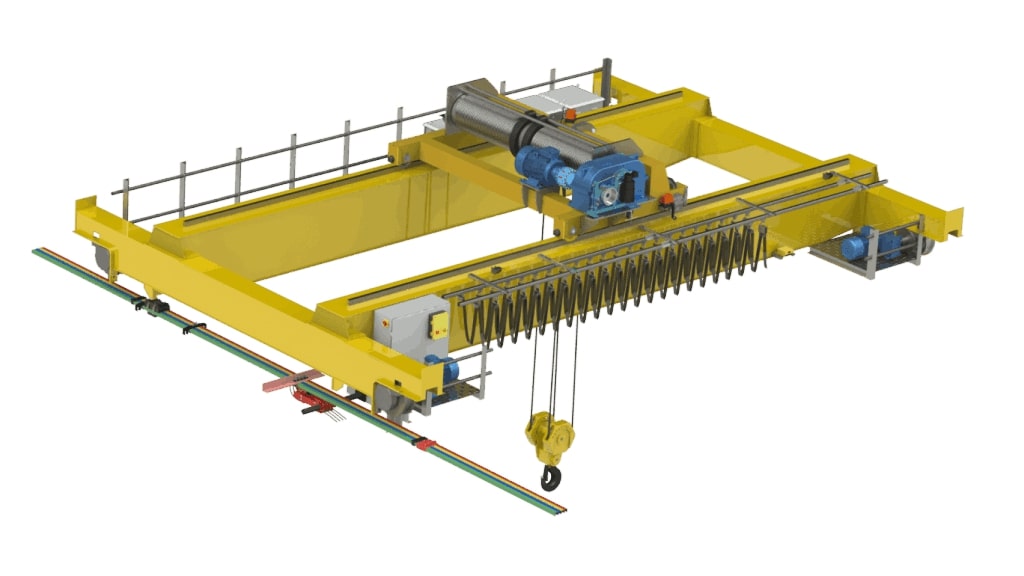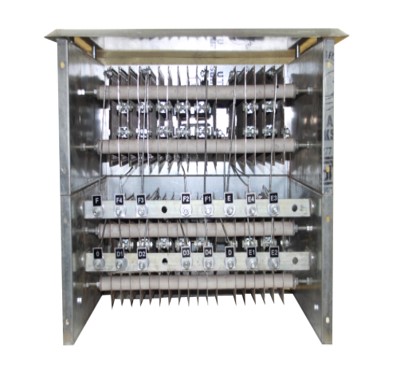Enhancing Performance and Safety: The Role of Resistance Boxes for EOT Cranes

Introduction
When it comes to EOT (Electric Overhead Traveling) cranes, safety and efficiency are
of paramount importance. These powerful machines are designed to handle heavy loads, making them indispensable in various industries. However,
to ensure optimal performance and prevent any potential mishaps, it is crucial to have the right components installed.
One such indispensable
component is the resistance box for EOT cranes. This article aims to shed light on the significance of resistance boxes for cranes and their role in
enhancing performance and safety.

The Resistance Box for EOT Cranes: A Core Component
The resistance box for EOT cranes, also known as a dynamic braking resistor, is an integral part that regulates the speed and direction of the crane's motion. This box provides resistance to the electrical system, allowing for controlled and precise movements of the crane.

1. Enhancing Performance
The resistance box plays a vital role in enhancing the performance of EOT cranes, ensuring swift and accurate operations. Here's how:
- Controlled Speed: The resistance box helps in regulating the speed of the crane, enabling operators to handle the load smoothly, especially during delicate operations.
- Smooth Braking: The dynamic braking resistor ensures a controlled and smooth braking mechanism, preventing sudden jolts or jerks that could lead to accidents or damage to the crane or the load being carried.
2. Ensuring Safety
Safety is a top concern when operating EOT cranes, and the resistance box plays an essential role in maintaining a secure working environment. Here's why:
-
Overload Protection: The resistance box is designed to monitor the load being lifted. In case of an overload, the resistor automatically triggers a warning or alarm system, preventing any potential damage or accidents.
-
Emergency Stops: In critical situations, such as power failures or any other emergencies, the resistance box enables quick and safe stopping of the crane's operation, minimizing the risk of accidents.
- Controlled Current Flow: The resistance box limits the current flowing through the crane's motor, preventing overheating and extending the lifespan of the motor, thus reducing the risk of electrical-related accidents.
FAQs (Frequently Asked Questions)
- Q: What materials are resistance boxes made of?
- A: Resistance boxes are typically constructed using high-quality materials such as stainless steel, ensuring durability and reliable performance.
- Q: Can resistance boxes be customized to meet specific requirements?
- A: Yes, resistance boxes can be tailored to suit the specific needs of different EOT crane models and applications, ensuring optimal functionality.
Conclusion
In the realm of EOT cranes, the resistance box takes center stage in enhancing performance and ensuring safety during operations. Its contribution to controlled speed, smooth braking, safety features like overload protection and emergency stops, and regulated current flow cannot be overlooked.
Investing in a reliable resistance box for EOT cranes is not merely a matter of compliance; it is a crucial step towards creating a secure and efficient work environment. By equipping your cranes with a top-quality resistance box, you can boost productivity, minimize downtime, and safeguard your workforce.
Remember, your crane's performance depends on the resistance box – the one component that keeps things going smoothly and safely. So, choose wisely and prioritize safety. The Resistance box for EOT cranes: An investment that pays off in reliability and peace of mind!